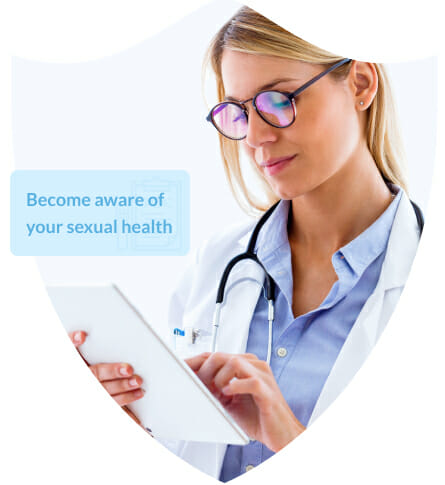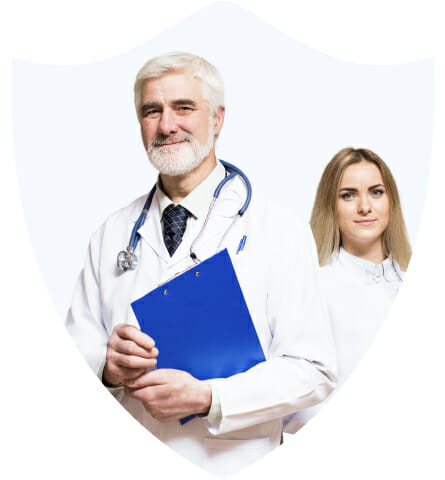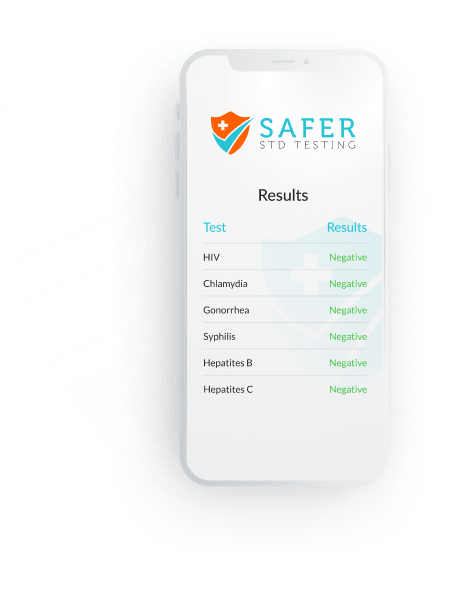






The only way to find out if you have Gonorrhea is to get tested. If you do not wish to go to your GP then you can choose to get private testing. Through Safer STD Testing affiliates, it is possible to have a Gonorrhea test within a few days of having sex. If you feel there is even a remote chance that you’ve been exposed to the infection, early diagnosis and treatment of Gonorrhea will reduce the risk of any complications developing such as pelvic inflammatory diseases and infection of the testicles. For Gonorrhea testing, women are often encouraged to go for the swab test in which a nurse collects a sample of cells from your cervix or vagina. Cervical smear tests and blood tests do not check for Gonorrhea. For men, Gonorrhea testing is done on a urine sample. In you’ve had oral sex, the nurse may require a swab from your throat. Similarly, if you’ve had anal sex, a swab will be taken from your rectum instead.




